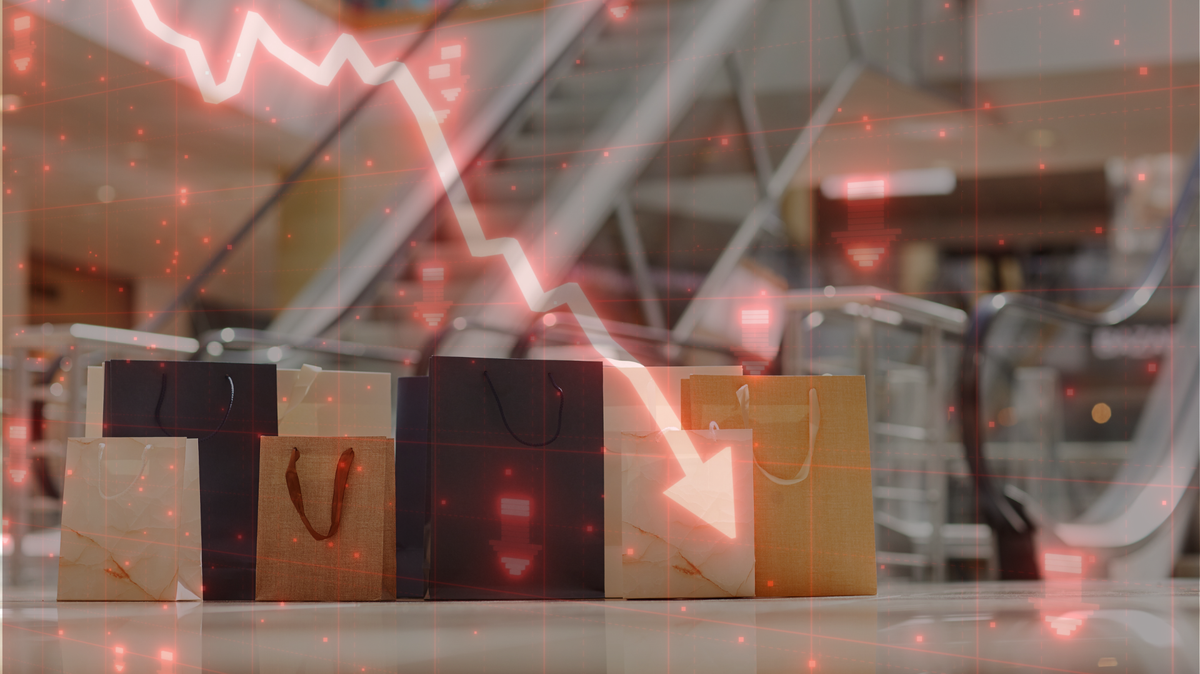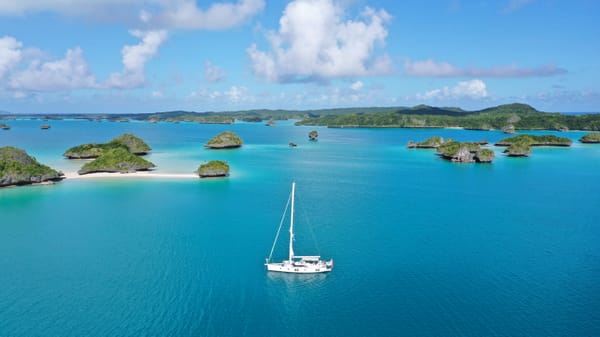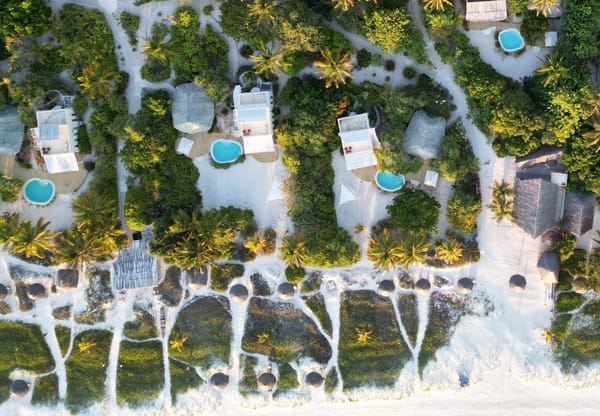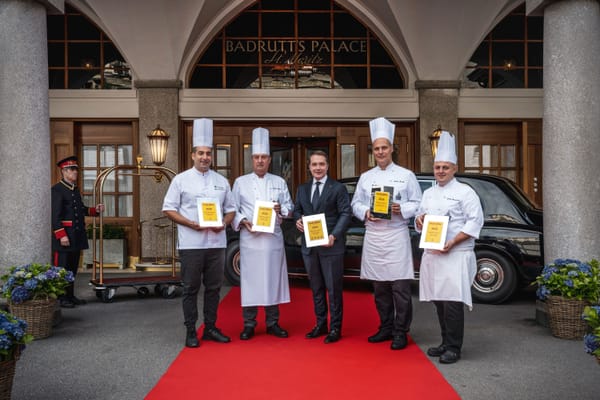Luxury Market Sees First Decline Since Pandemic
Luxury market down 2% in 2025, marking its first decline since the pandemic as consumer preferences shift towards experiences over status.

Despite its resilience through the pandemic and reputation as a recession-proof sector, the global luxury industry has recorded a modest 2% decline in brand value in 2025.
This downturn is largely attributed to changing consumer behaviours in China, a historically crucial growth engine for the sector.





